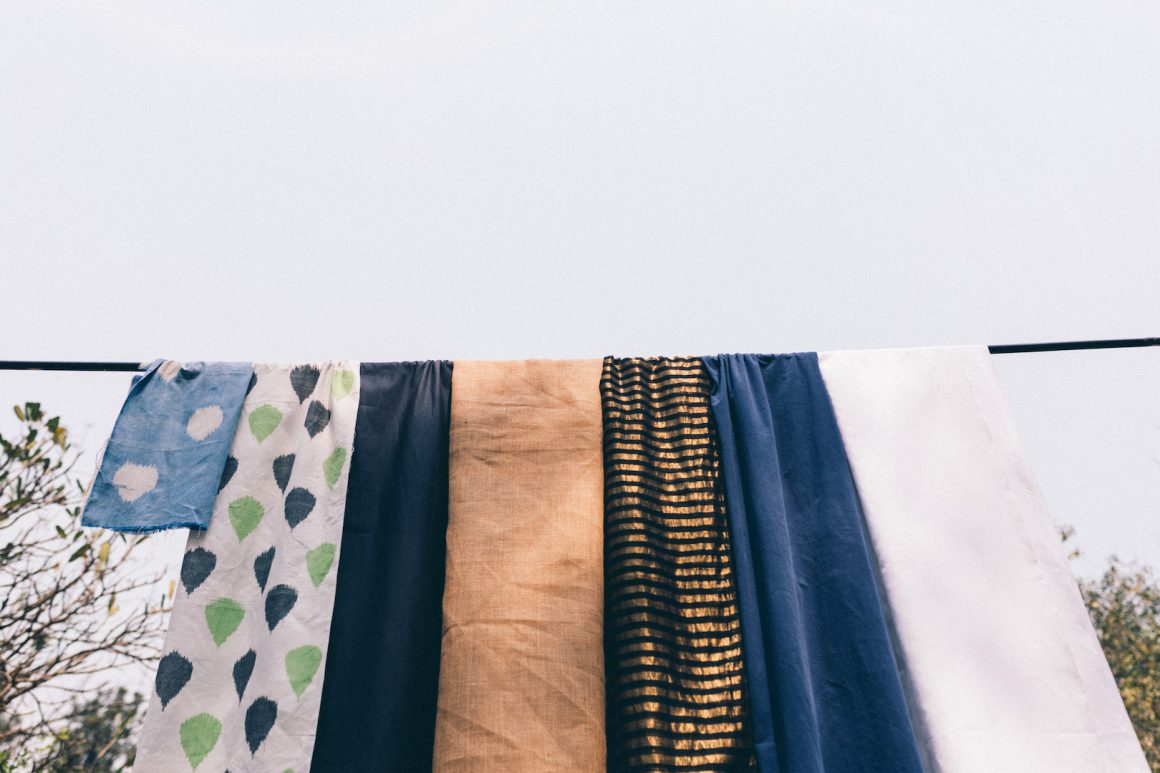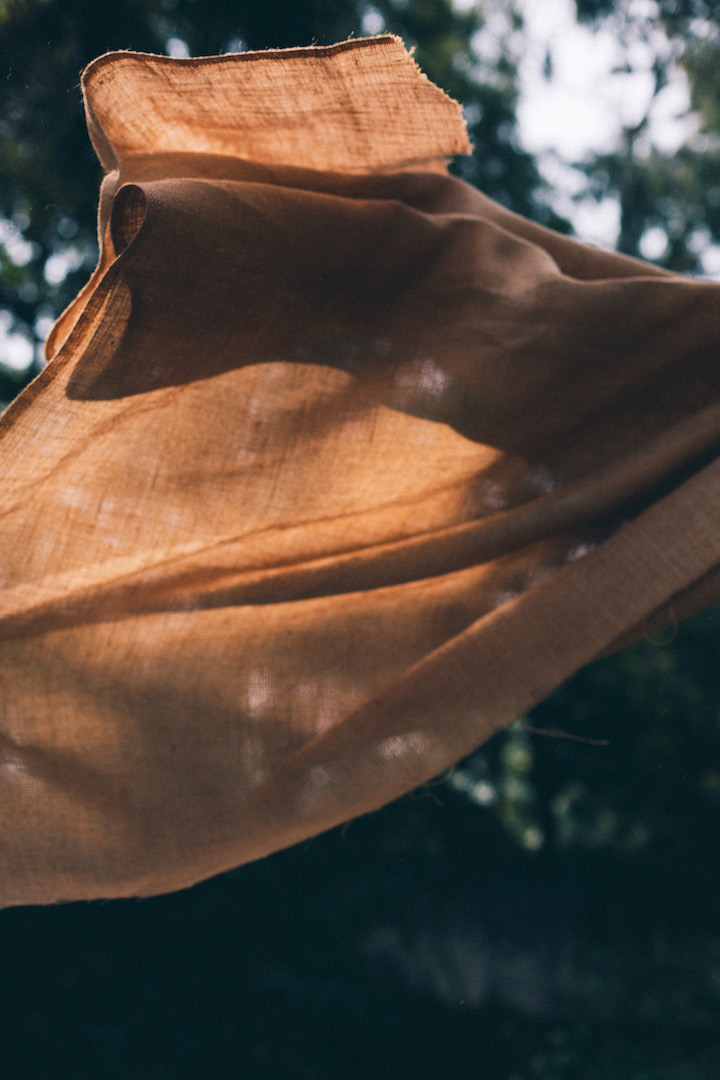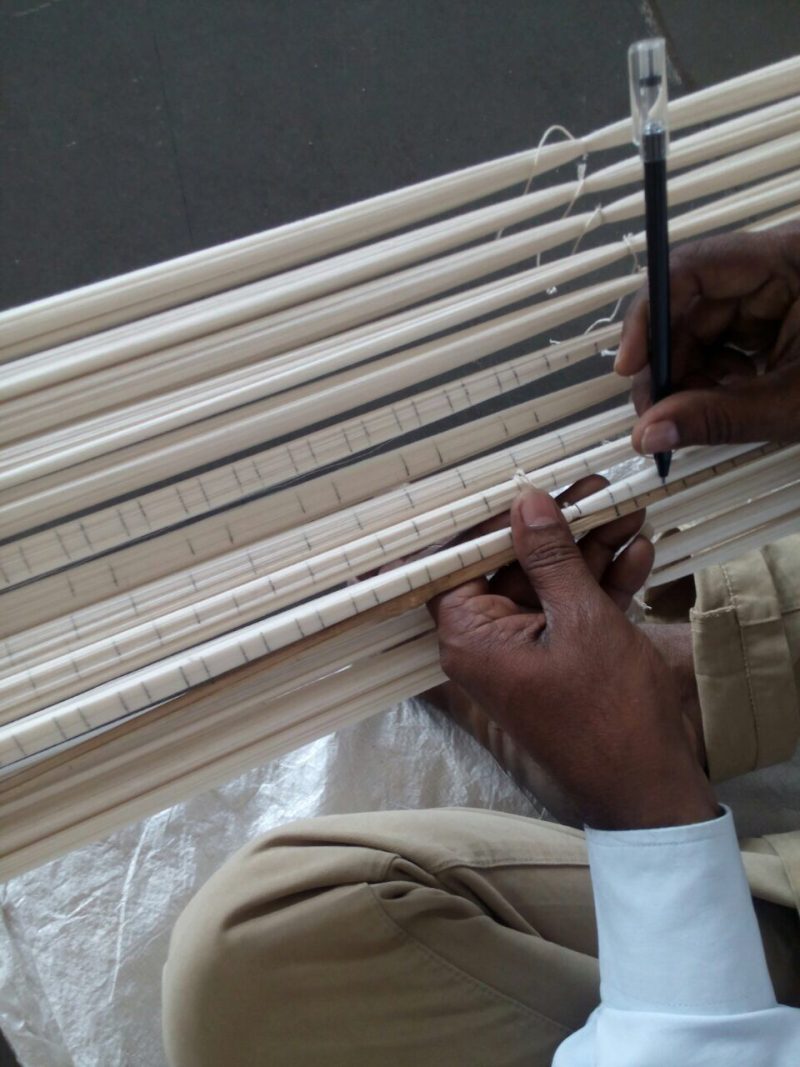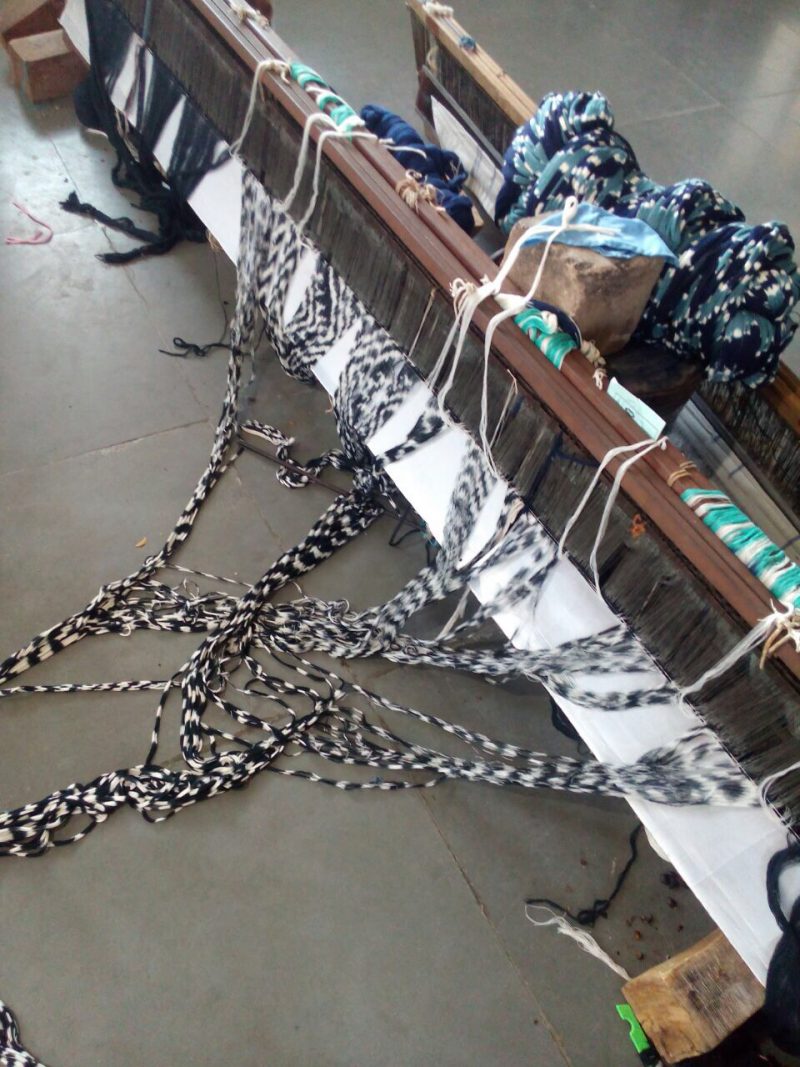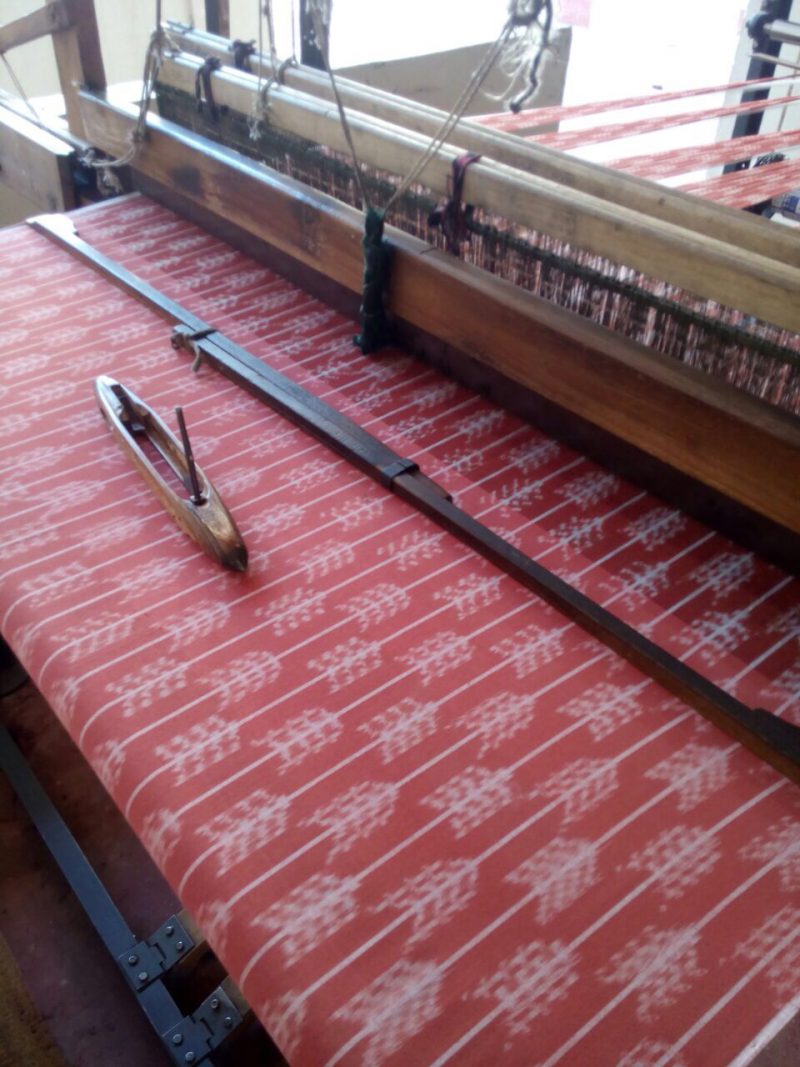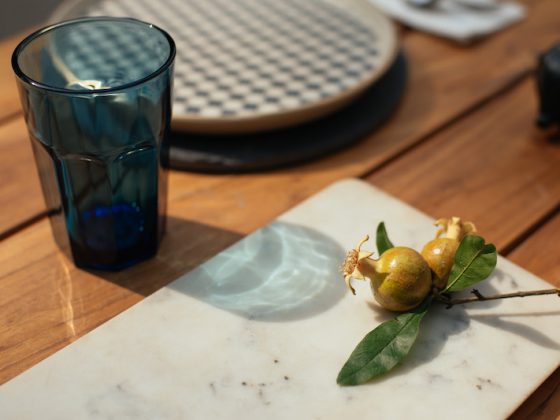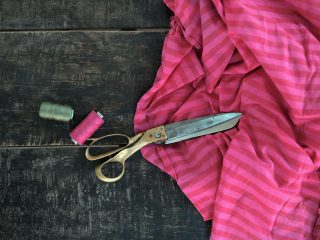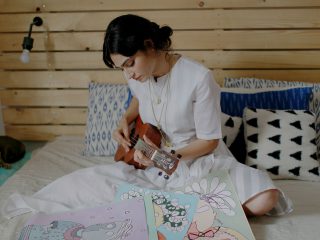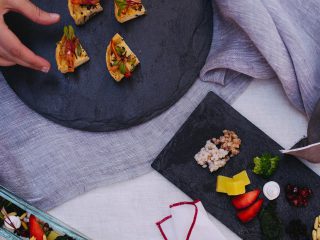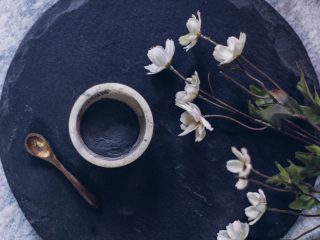Fabrics for every season, and every corner of the globe.
From mood board to shop floor, our design process is quite a thing. It is involved, extensive, and quite rigorous. For our homeware this many-step process kicks off on the desk of our creative director, Simran Lal. The mood board is built here, and from there comes her instruction on the overall theme and direction of a collection. You might’ve heard, we’re inspired by journeys across the Indian Ocean, and our themes tend to have this geographical springboard, whether it’s a country or an architectural element spotted on travels to these lands. Arya Nerkar, our head of House & Home explained, “Like with our Japan-inspired collection, we sourced a bunch of products straight from that country, while working with people whose design sense is similar to ours.” Most of our products are designed in-house, but we also curate, sifting through the wares of many independent makers and artisans creating beautiful and utilitarian products, and then working with them to introduce their craftsmanship to our customers. “Of course, we ensure our curated products and our in-house designs are simpatico,” Arya said.
The brief for House & Home
Meant to make homes beautiful, but while always being completely practical and functional, this line is intended as much for special occasions as every day. In fact, that’s sort of what we’re after, making the everyday a little bit more special.
This is why we use raw, tough, durable jute
It’s jute’s versatility as a fibre that has us hooked. Plus it is so intrinsically Indian; look around and you’ll see gunny bags, rugs, rope, and twine woven into everyday life in India. Jute has been on our fabric roll-call ever since we launched, and the reason we keep going back to this perfectly-imperfect fibre is for its different weights that can be moulded into being soft or rustic.
The word ‘jute’ comes from juta, or jhoot, said to originate in Orissa, and this long vegetable fibre can be spun into coarse but very durable threads. Though the prettiest in its natural form, jute lends itself beautifully to colour whether its lime green or charcoal, or even when bleached to white, and you’ll find these tones in our jute table linen. “The texture of jute is beautiful against our earthenware; think a classic smooth white plate against the roughness of jute, and we love that it’s earthy and warm yet tropical and light at the same time”, said Arya. This also means it nails the brief of being a year-long fabric, that can be pared back or dressed up like some of ours are, with gold and silver ribbons weaved through the fibre.
Look after your jute and it’ll last forever
If stained, don’t steam clean, wet, or shampoo your jute. Plant fibres are absorbent, so the product is prone to shrinking and puckering. Instead spot clean with a combination of diluted soap and water in a spray bottle, and take a damp rag to the affected bit. Jute is best stored flat as the fibres tend to bend, so just pop it into the bottom of a drawer.

Incredible ikat
While there are so many kinds of ikat from around the country (and the Middle East), we usually champion the ikat from Pochampally near Hyderabad. Digitally printed ikat has caught on in the fashion world, but we work with real ikat that is so intrinsically Indian, in colours that are aesthetically beautiful and bode well in all kinds of interiors. More than it being a fabric, ikat is a dyeing technique used to pattern textiles. Dyes are binded to individual yarns rather than entire swathes of cloth, and these yarns can be woven to create really intricate and elaborate patterns. Because of the processes involved, the weave can sometimes be blurred, so we tend to use our ikat in large scale formats, like with our Kasuri bedcover. That doesn’t mean we shy away from small format ikat, which you’ll find on our many many cushions that will fill out the coziest of corners.
“We design with cotton ikat (which also makes it easy to care for) as opposed to silk”, explained Sanjana, our sourcing head for House & Home. Artisans first dye the yarn in colours we want to work with for that season, after which it is weaved. “With ikat you’ll find irregularities, where a white thread can finish before a weave is completed and a new thread is introduced to the process, but that’s what adds to its charm”, she finished.
A note on caring for your ikat
With newer ikat, colours are likely to bleed so wash them away from other fabrics, in cold water with a mild detergent.
